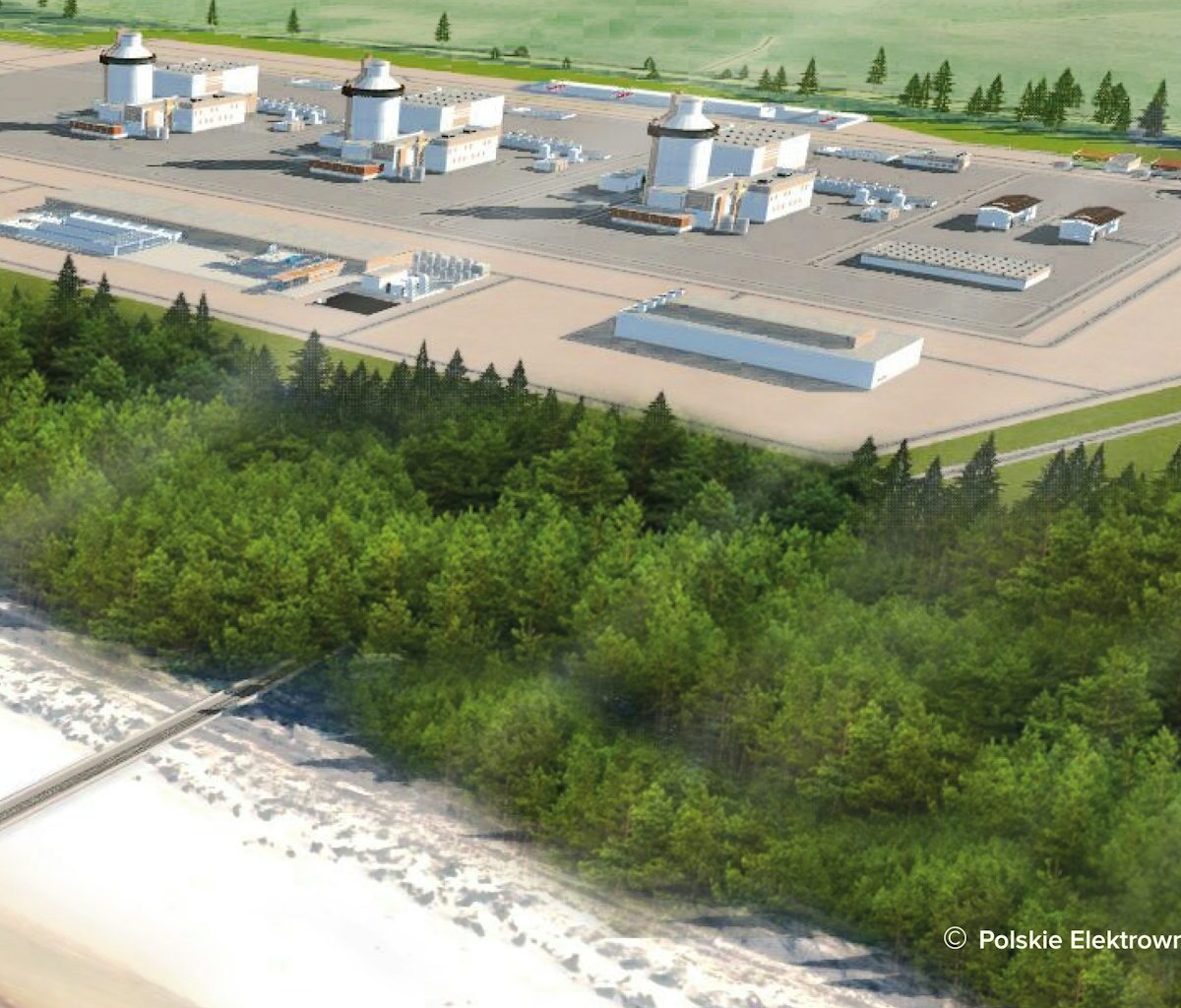In 2022, the country selected US-based Westinghouse to supply its AP1000 pressurised water reactor technology for the project. Three AP1000 units are to be deployed at Lubiatowo-Kopalino starting 2028, with the first in-service date planned for 2036 at the earliest.
The Polish government has announced plans to finance the plants, expected to cost between €35bn and €45bn, by way of an initial €14bn equity injection into the public company charged with the project, state guarantees covering all project debt, and a two-way contract for difference (CfD) scheme.
The EC’s said its preliminary assessment recognises the necessity of public support for the project’s viability but questions the proportionality and competitive implications of the aid package.
According to the commission, key areas of the investigation will include whether a proposed 60-year CfD duration is justified given the other support measures and if alternative companies interested in leading the project could have reduced the aid amount. The letter refers to the selection of Westinghouse without a tendering procedure.
The commission said it will also seek to ensure the CfD provides incentives for efficient electricity market operations, minimises market distortions, and integrates with renewable energy sources.
The EU executive said it “cannot exclude that the aid will not be passed on to electricity consumers through direct contracts”.
Poland and other stakeholders are invited to comment during the process, said the commission.
Warsaw notified the EC about its support measures with a formal letter in September 2024.
Over the past decade, the EC approved all state aid request for reactor new-build. Projects included Hinkley Point C in the UK, which was an EU member at the time, the Paks expansion project in Hungary, and most recently the Czech Republic’s Dukovany new-build project, and the Pallas research reactor project in the Netherlands.
The EU conducts standard state aid investigations to ensure that government support for businesses does not distort competition or unfairly disadvantage others in the bloc’s single market.
These investigations help verify that aid is necessary, proportionate, and aligned with EU rules to maintain a level playing field the bloc’s 27 member states.
A CfD scheme guarantees stable revenues for energy producers by paying the difference between a government-set strike price and the market price for electricity.
The commission said it will assess compliance with CfD design principles introduced in the EU’s new electricity market design rules published in June 2024.
